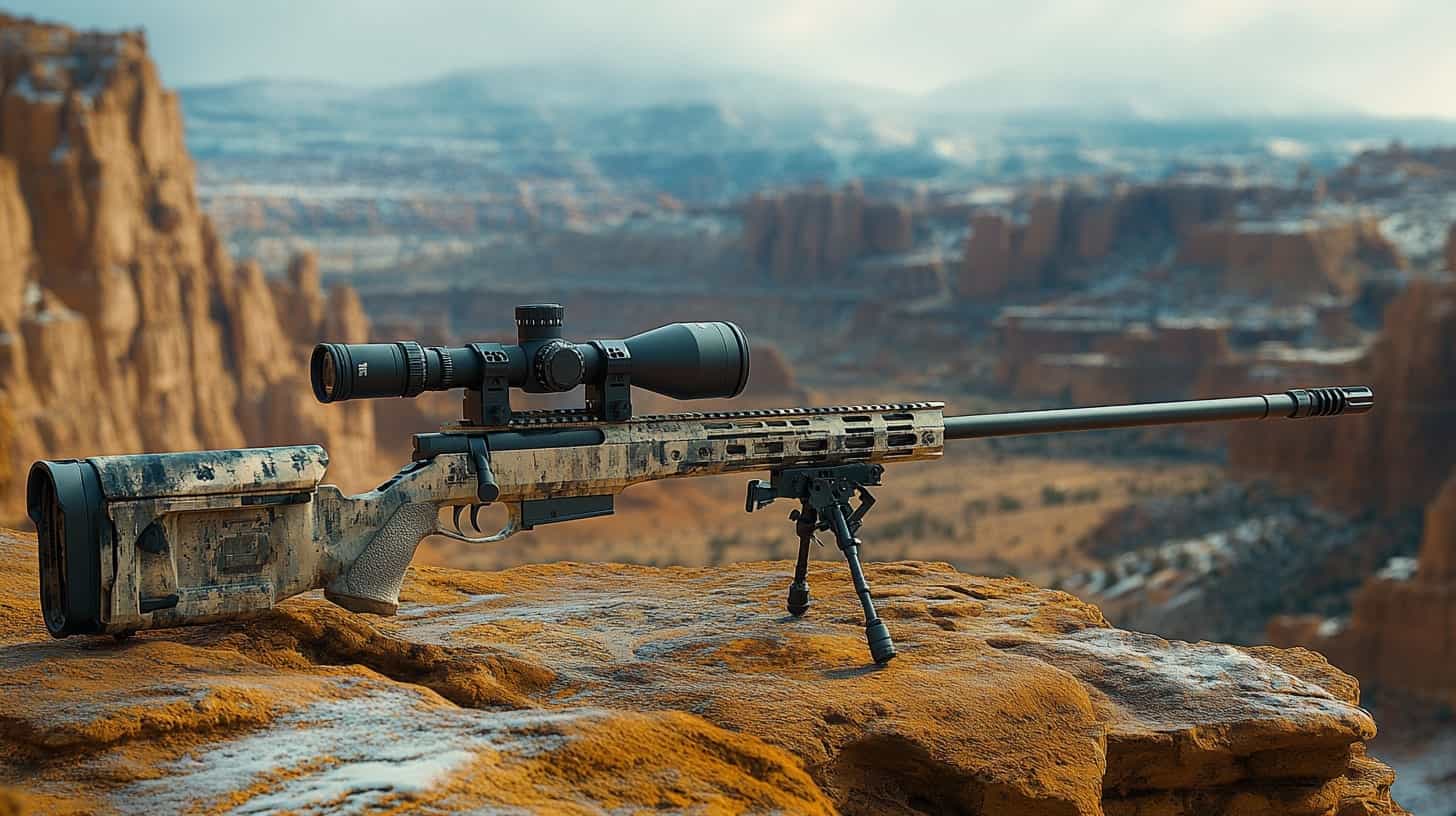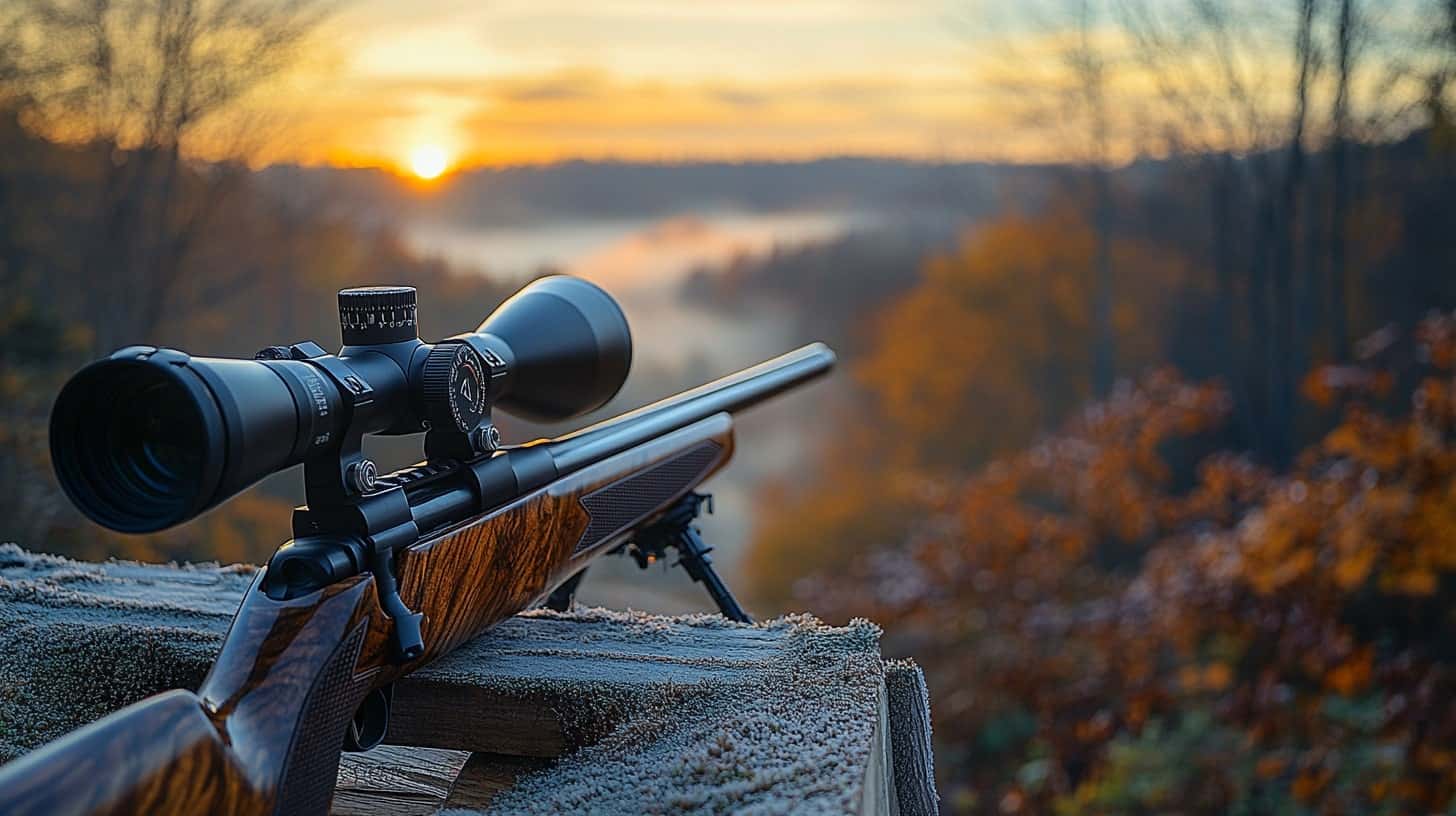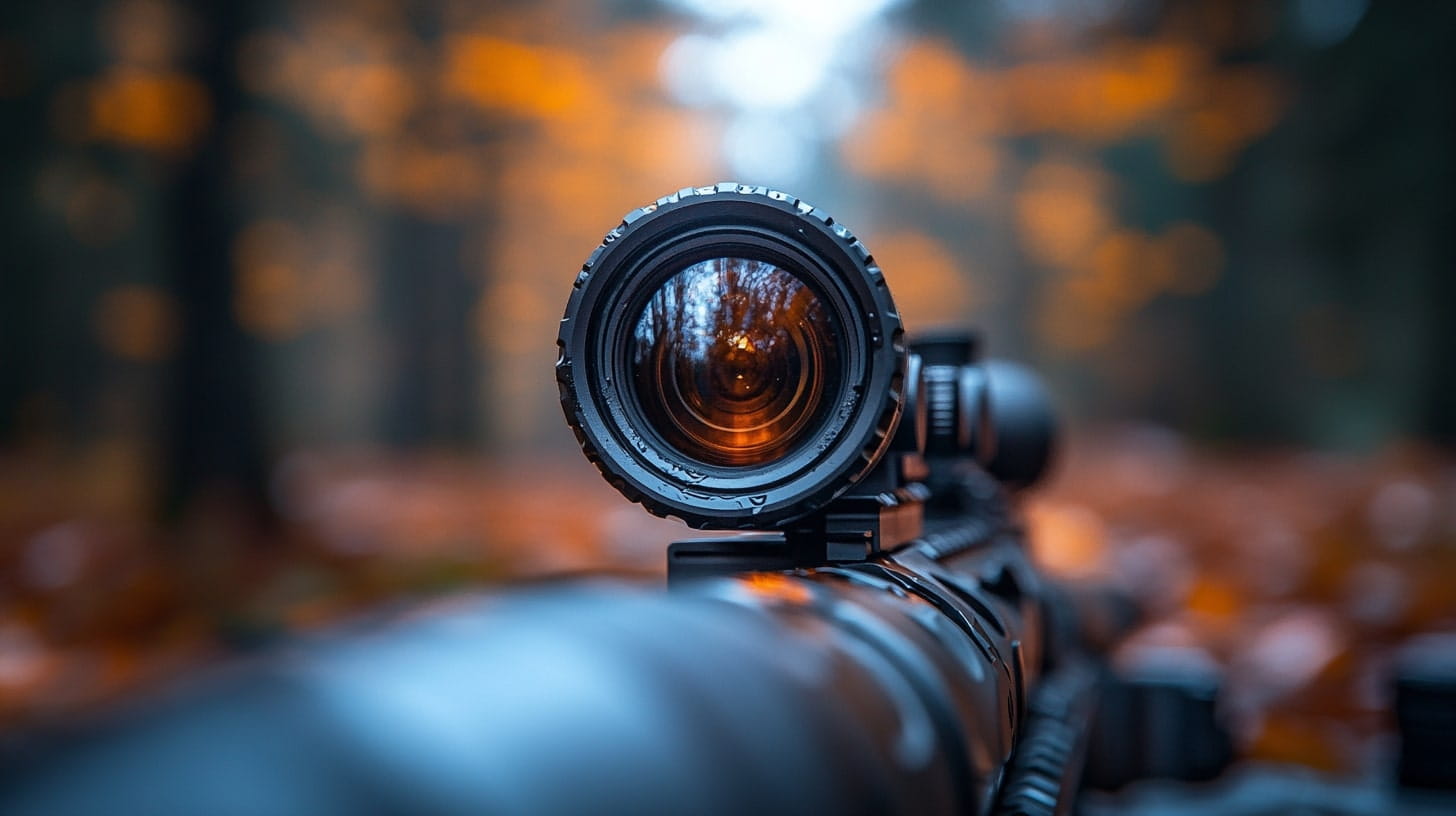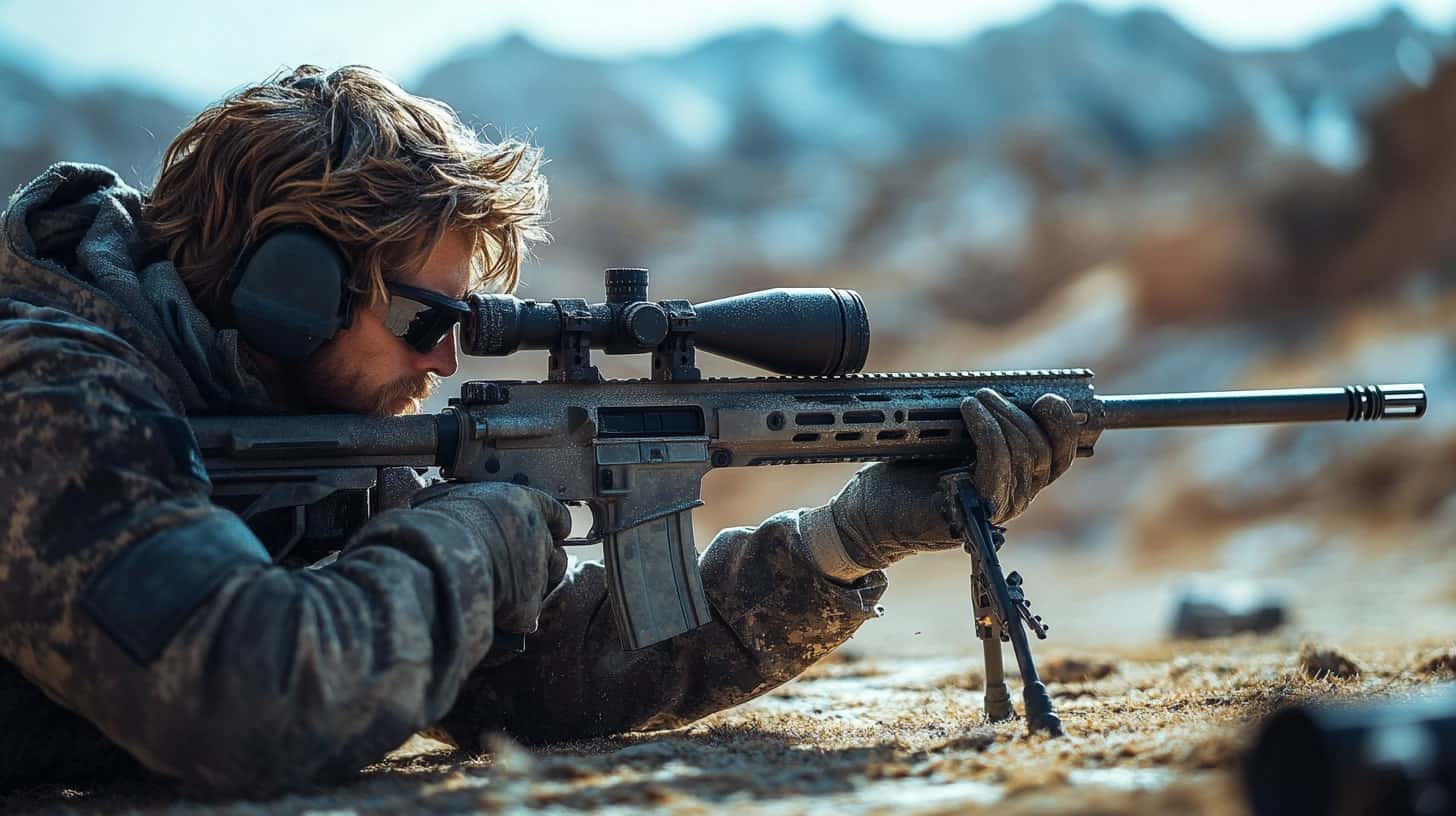
When choosing a rifle scope, one of the most crucial decisions is whether to go with a first focal plane (FFP) or a second focal plane (SFP) scope. Each type has its unique advantages, making them suitable for different shooting scenarios. Understanding the differences between these two focal plane designs can significantly impact accuracy and ease of use in various conditions.
Understanding Focal Planes
Before diving into the advantages and disadvantages of each, it’s essential to understand what the focal plane means in a scope. The focal plane refers to the position where the reticle is placed within the optical system of the riflescope. This placement determines how the reticle behaves in relation to magnification adjustments.
First Focal Plane (FFP) Scopes
A first focal plane (FFP) scope features a reticle that changes size as the magnification is adjusted. This means that the reticle maintains the same proportions relative to the target, regardless of the zoom level. This characteristic makes FFP scopes particularly advantageous for long-range shooting and tactical applications.
Advantages of FFP Scopes:
- Consistent Subtensions: The reticle maintains its relative scale at all magnification levels, allowing accurate holdovers and windage adjustments without recalculating.
- Ideal for Long-Range Shooting: FFP scopes are commonly used in military, tactical, and precision shooting scenarios where shooters need to make quick, accurate adjustments at different ranges.
- Effective for Range Estimation: Because the reticle size scales with magnification, range estimation using the reticle remains precise at any zoom setting.
Disadvantages of FFP Scopes:
- Smaller Reticle at Low Magnifications: At the lowest magnification settings, the reticle can become very fine and difficult to see, especially in low-light conditions.
- Higher Cost: FFP scopes tend to be more expensive due to their complex optical engineering.
- Not Always Necessary for Short-Range Shooting: For hunters and recreational shooters engaging targets at closer ranges, the advantages of FFP scopes may not justify their cost.
Second Focal Plane (SFP) Scopes
In second focal plane (SFP) scopes, the reticle remains the same size regardless of magnification. This means that holdovers and windage marks are accurate only at a specific magnification level, usually the highest setting.
Advantages of SFP Scopes:
- Clearer Reticle at All Magnifications: Since the reticle size remains constant, it is easier to see at lower magnification levels, making it ideal for hunting and general use.
- More Affordable: SFP scopes are generally more cost-effective than FFP models, making them accessible to a broader range of shooters.
- Better for Close-Range Shooting: For hunters who typically engage targets at known distances, the advantages of an FFP scope may not be necessary.
Disadvantages of SFP Scopes:
- Inconsistent Subtensions: The reticle’s holdovers and windage markings are only accurate at one magnification level.
- Limited Use for Long-Range Precision Shooting: If you need to adjust your magnification frequently, recalculating holdovers can be inconvenient and time-consuming.
Which One Should You Choose?
The choice between an FFP and an SFP scope depends largely on your shooting needs and personal preferences. Here are some key considerations to help you decide:
- Long-Range Precision Shooting: If you need accurate holdovers and range estimation at any magnification, an FFP scope is the better option.
- Hunting and General Use: If you mainly shoot at moderate distances and prefer a clear reticle at all times, an SFP scope is a practical choice.
- Budget Constraints: SFP scopes are generally more affordable, making them a great option for recreational shooters who don’t need advanced features.
- Low-Light Conditions: If you frequently shoot in low-light environments, an SFP scope might be more beneficial due to its consistently visible reticle.
Conclusion
Both first focal plane (FFP) and second focal plane (SFP) scopes have their strengths and weaknesses. FFP scopes excel in tactical and long-range precision shooting, where reticle accuracy at different magnifications is critical. On the other hand, SFP scopes are well-suited for hunting and general shooting applications, offering a consistent and easy-to-see reticle across all zoom levels. Ultimately, your choice should be guided by your shooting style, primary use case, and budget.




